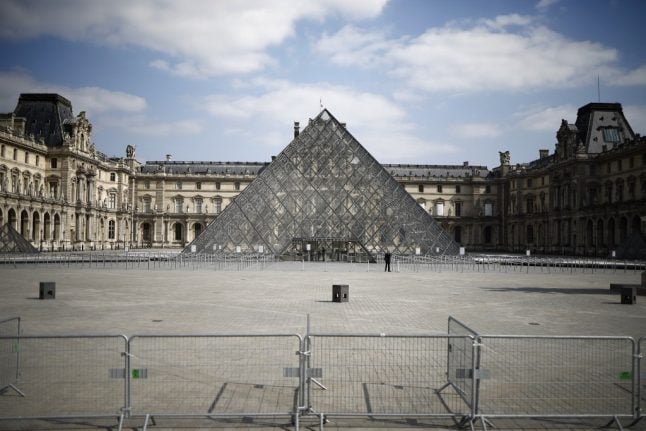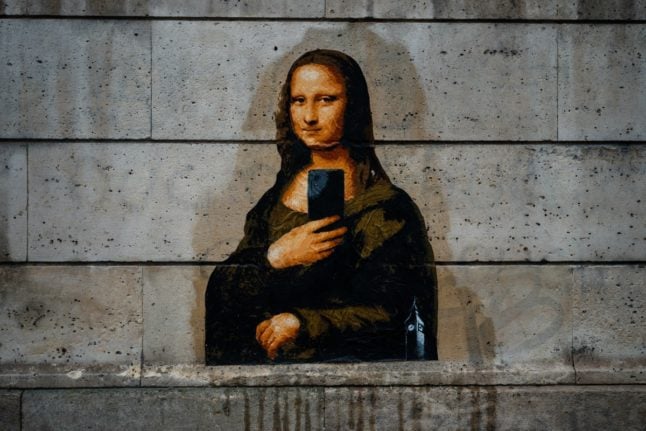France is to further ease restrictions imposed to combat the virus from Tuesday but it will only be in July that many top museums and attractions reopen, although some plan to do so in June.
Culture Minister Franck Riester confirmed on Friday that wearing a mask would be obligatory for visiting a museum in France while some will have to impose prior reservation systems to avoid a heavy influx of visitors.
“The implementation of a reservation system as well as new signs will allow us to offer maximum safety to our visitors, in addition to wearing a mask and respecting social distancing,” the Louvre said in a statement.
It added that online reservations for visiting the Louvre when it reopens on July 6 would open on June 15. The Louvre has been closed since March 13.
“Even if we were able to discover the treasures of the Louvre in a virtual way during the lockdown, nothing can replace the emotion of meeting a work in a real way,” said the Louvre's director Jean-Luc Martinez.
“This is the raison-d'etre of museums. We all need a meeting with art that is sensitive and real. A meeting with art, with beauty, can heal our souls,” he added.
After the success of its blockbuster Leonardo exhibition which closed earlier this year, the Louvre said its two exhibitions scheduled for spring and then postponed would now take place in the autumn.
These are on Italian sculpture from Donatello to Michaelangelo and the renaissance German master Albrecht Altdorfer.
The Louvre has upped its virtual presence during the lockdown and said it was now the most followed museum in the world on Instagram with over four million followers.
For other sites, the former royal residence the Chateau de Versailles outside Paris will open on June 6 while the Musee d'Orsay of impressionist masterworks will open from June 23, the ministry of culture said. The iconic Pompidou Centre for modern art in Paris will reopen on July 1.




 Please whitelist us to continue reading.
Please whitelist us to continue reading.
coroanvirus? Photo caption